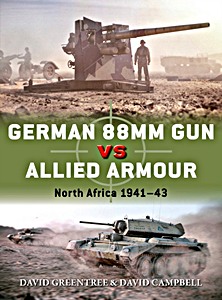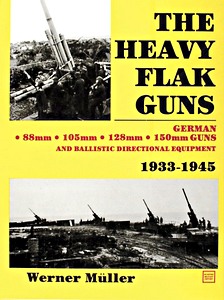L'artillerie de campagne de la Wehrmacht durant la Seconde Guerre mondiale
Le 1er janvier 1921, pour se conformer aux clauses du traité de Versailles, la Reichswehr ne dispose plus que de 204 pièces de 7,7 cm et 84 obusiers de 10,5 cm. À l'exception de cette maigre dotation, tout le parc d'artillerie de la Deutsche Armee existant au 11 novembre 1918 est saisi ou ferraillé.
De surcroît, tout déve- loppement de nouveaux matériels est proscrit, et pour lui éviter toute tentation, son parc de machines-outils spécialisées est réduit à la portion congrue et mis sous la surveillance de commissions d'inspection particulièrement pointilleuses. À cette date, l'Allemagne n'existe plus en tant que puissance militaire.
Le 1er septembre 1939, à l'ouverture des hostilités avec la Pologne, la Wehrmacht aligne près de 11 000 pièces de campagne regroupées dans 122 régiments d'artillerie. La rigueur des clauses imposées en 1919 a au moins eu deux avantages : l'Allemagne n'a pas eu à entretenir, durant l'entre-deux-guerres, une pléthore de pièces vieillissantes, comme la France ou la Grande-Bretagne, et elle a pu ainsi se constituer un parc d'artillerie moderne, à un détail près et non des moindres... un manque récurrent de tracteurs dédiés qui la contraindra à utiliser, pour l'essentiel, la traction animale jusqu'à la fin de la Seconde Guerre mondiale !
Loïc Charpentier, auteur bien connu des éditions Caraktère, nous livre le fruit de plusieurs années de recherches sur la Feldartillerie de 1939-1945 dans ce livre qui se propose de décrire chaque pièce utilisée par la Wehrmacht durant la Seconde Guerre mondiale. Un livre tout simplement indispensable, grâce auquel vous saurez absolument tout sur l'Artillerie de campagne de la Wehrmacht.
| Auteur : | Loïc Charpentier |
|---|
| Présentation : | 176 pages, 28.5 x 21 x 1.6 cm, relié |
|---|
| Illustration : | abondamment illustré avec des photos en N&B et couleurs |
|---|
| Editeur : | Editions Caraktère (F, 2019) |
|---|
![Pages du livre [TK] Deutsche Artillerie 1914-1918 (1)](../afb/details/PP03545.jpg)

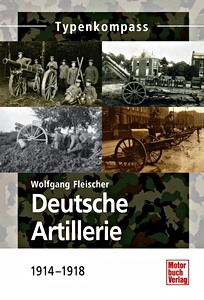
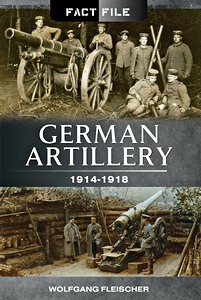

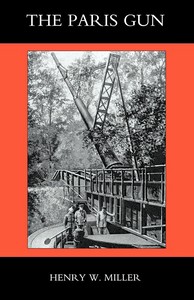
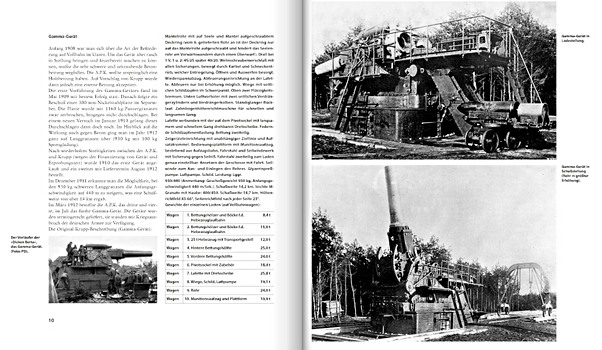
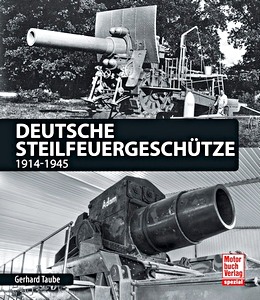
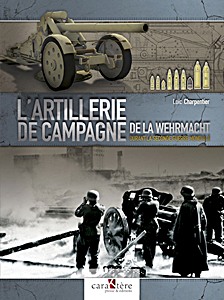
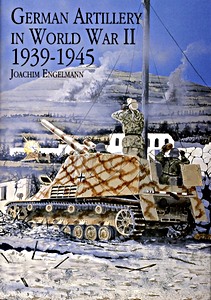
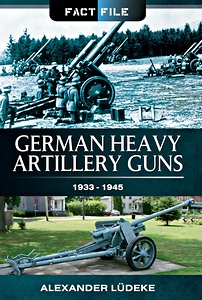
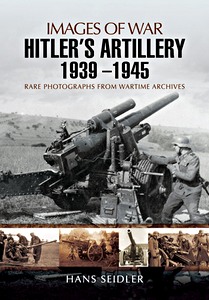
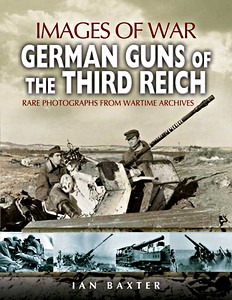
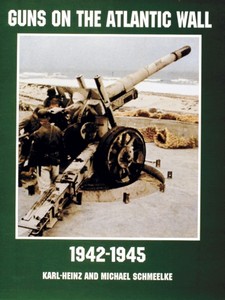
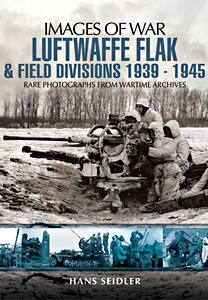
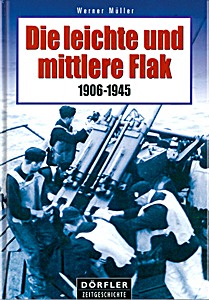
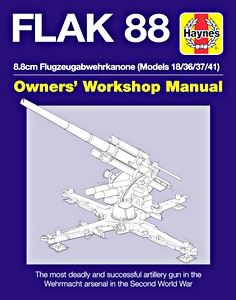
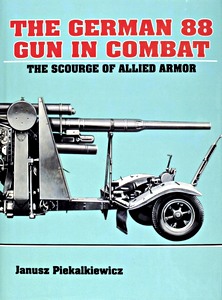
![[NVG] 88 mm FlaK 18/36/37/41 and PaK 43 1936-45](../afb/GB/9781841763415.jpg)
